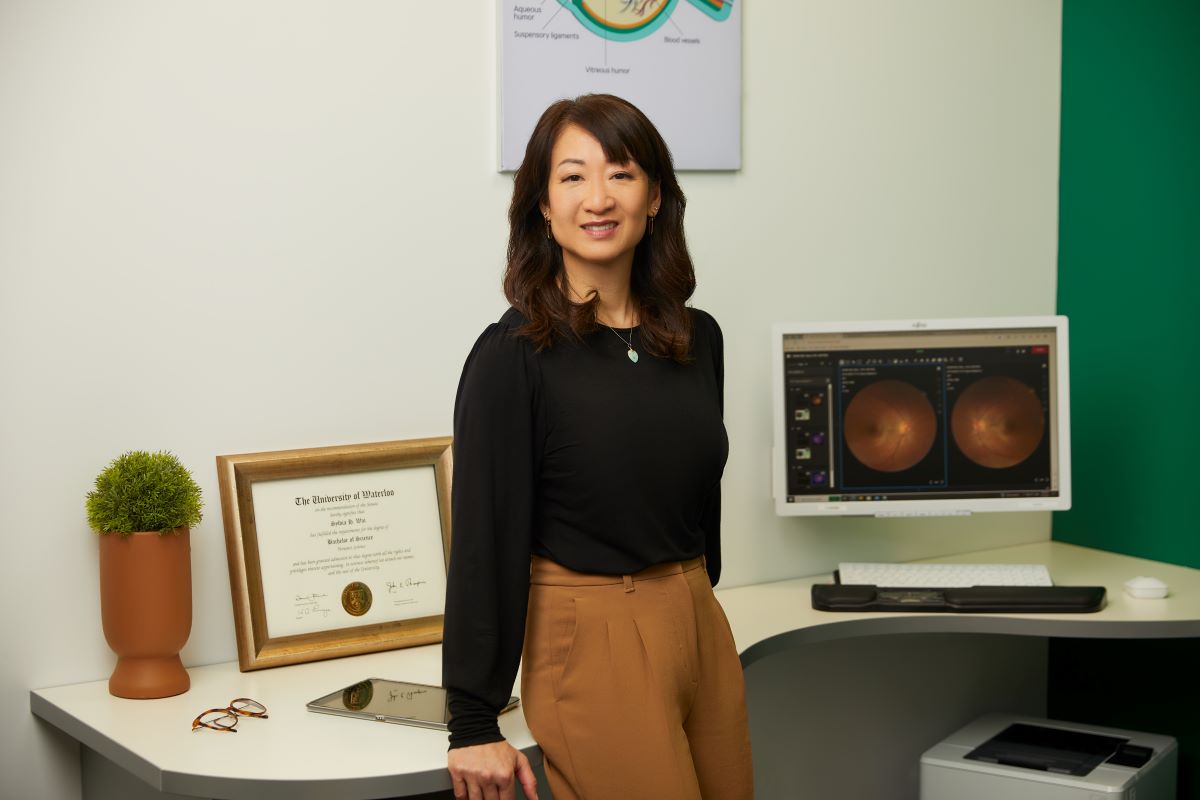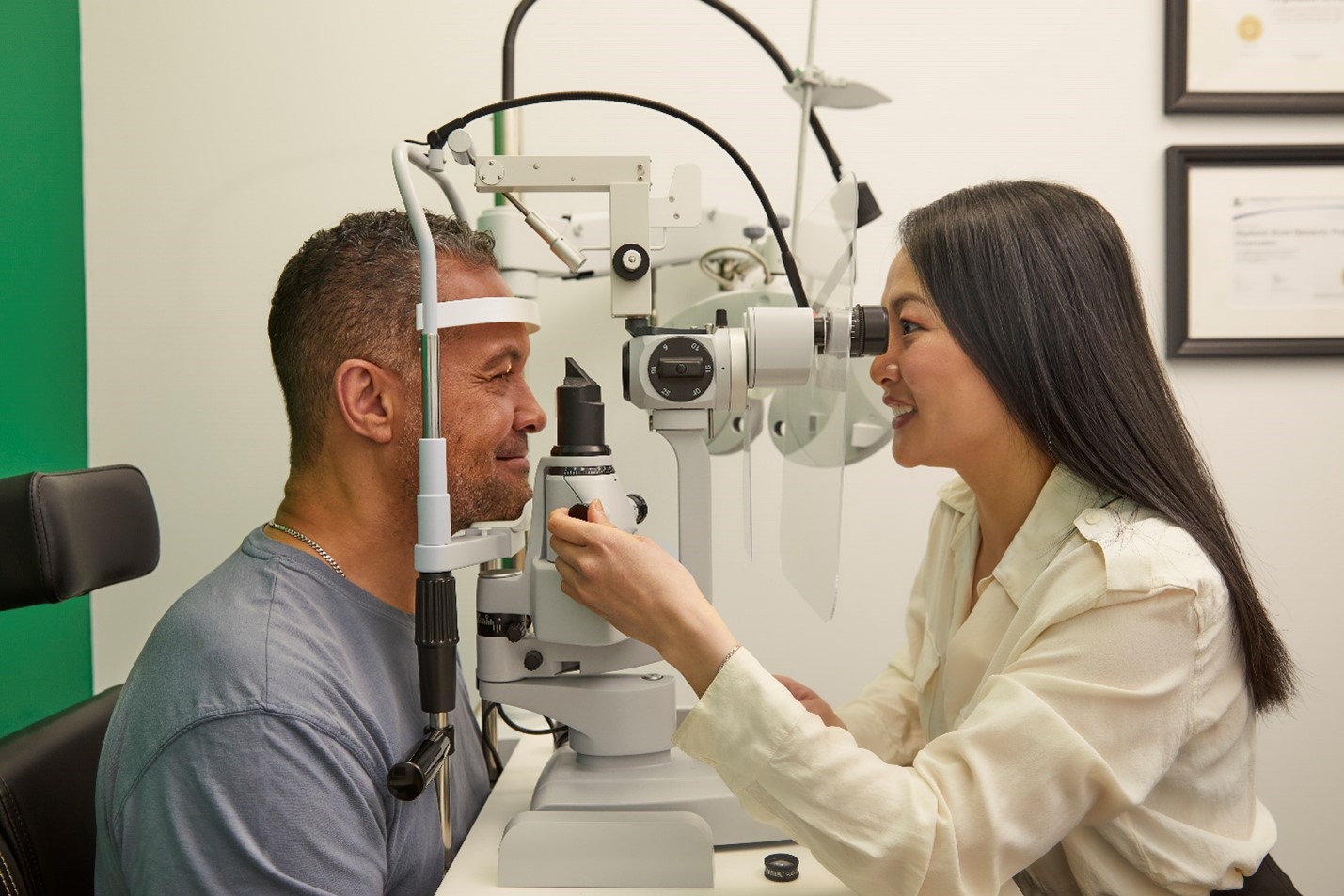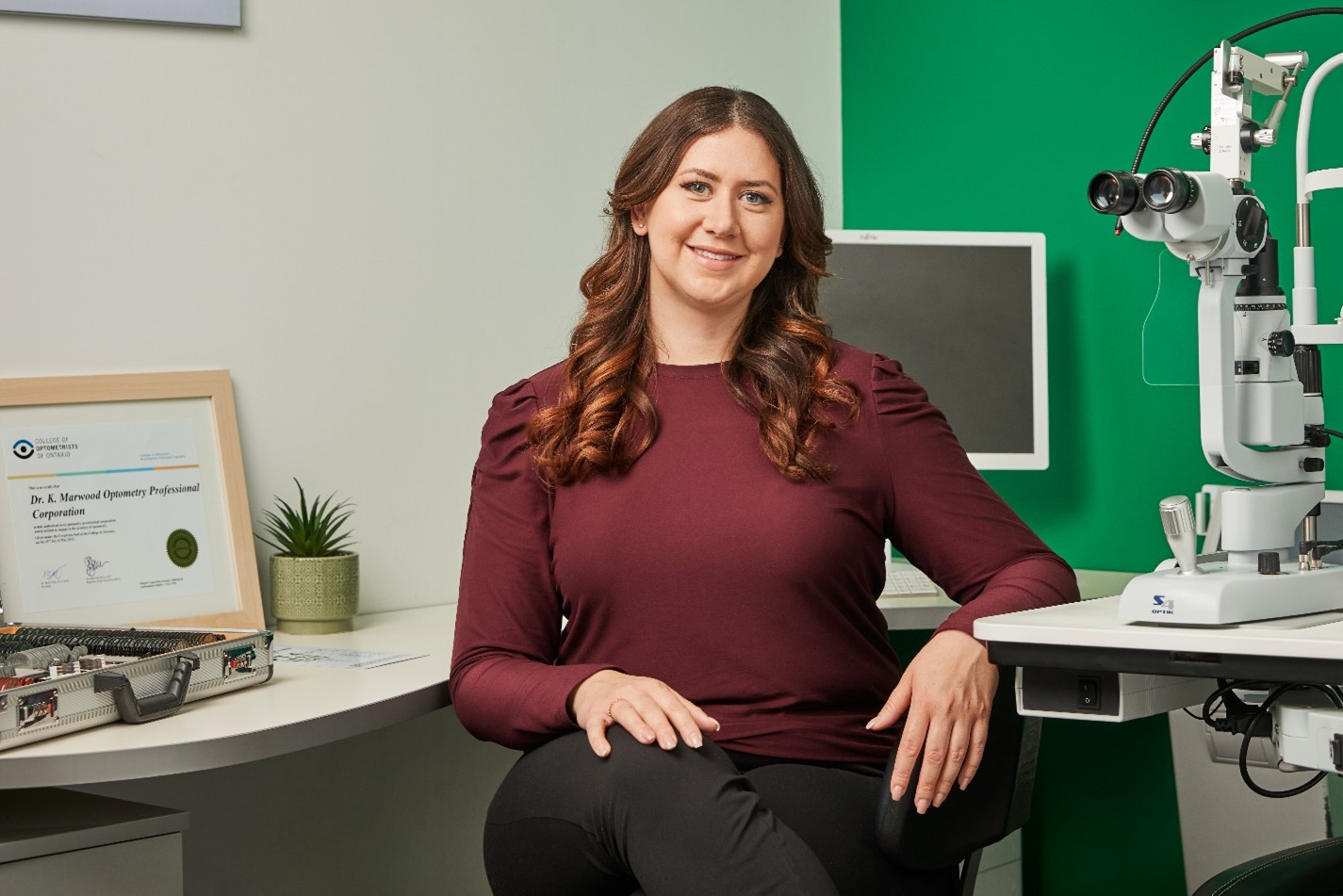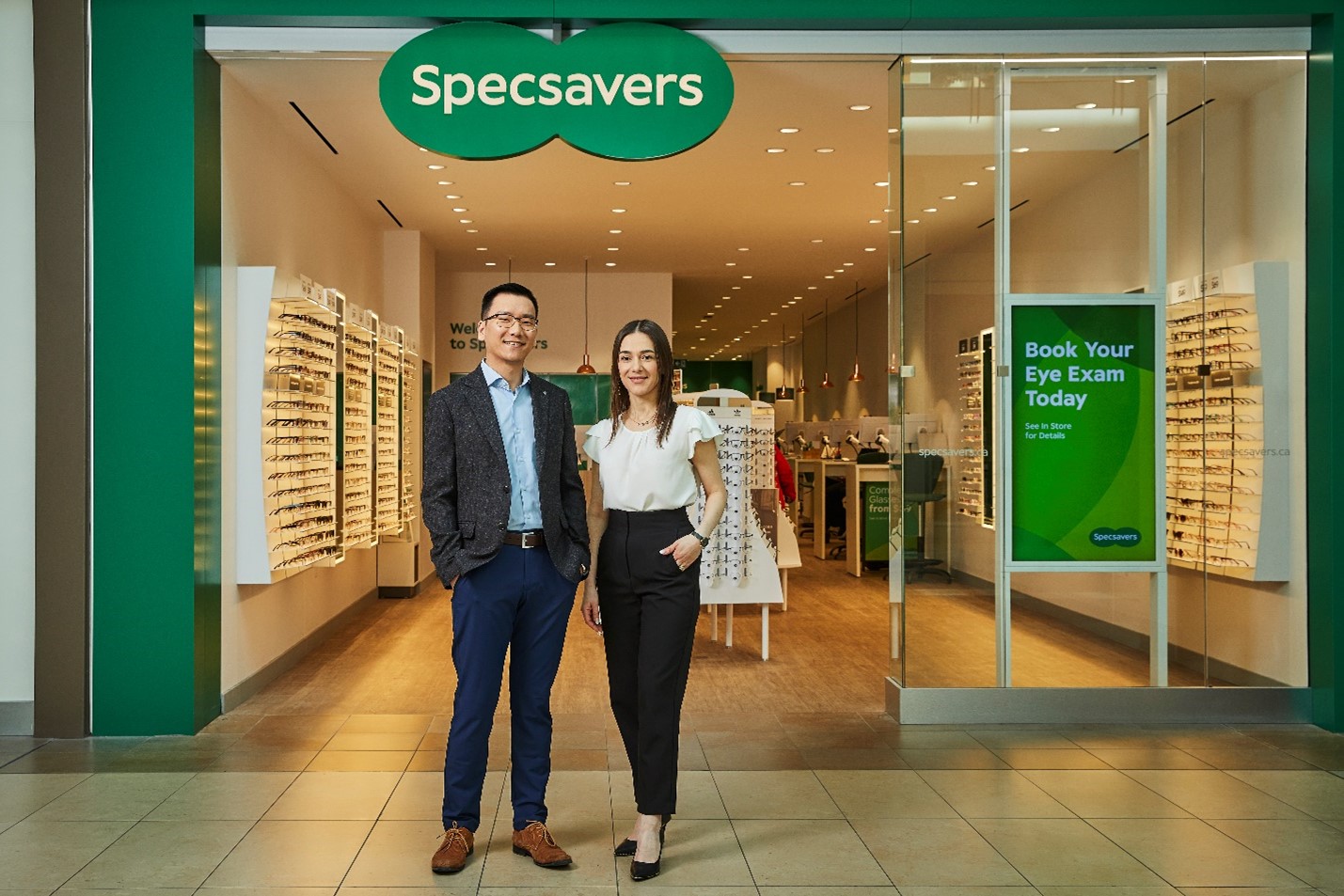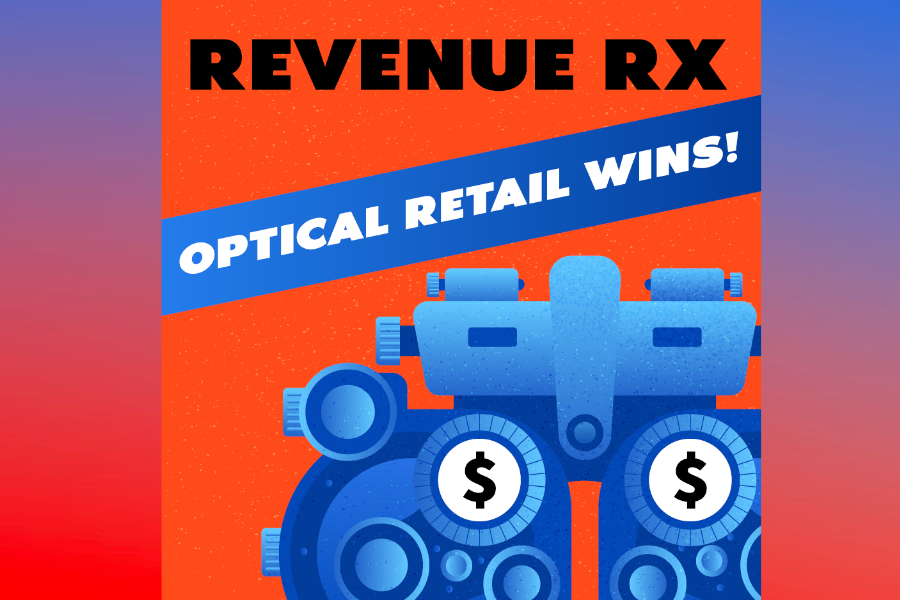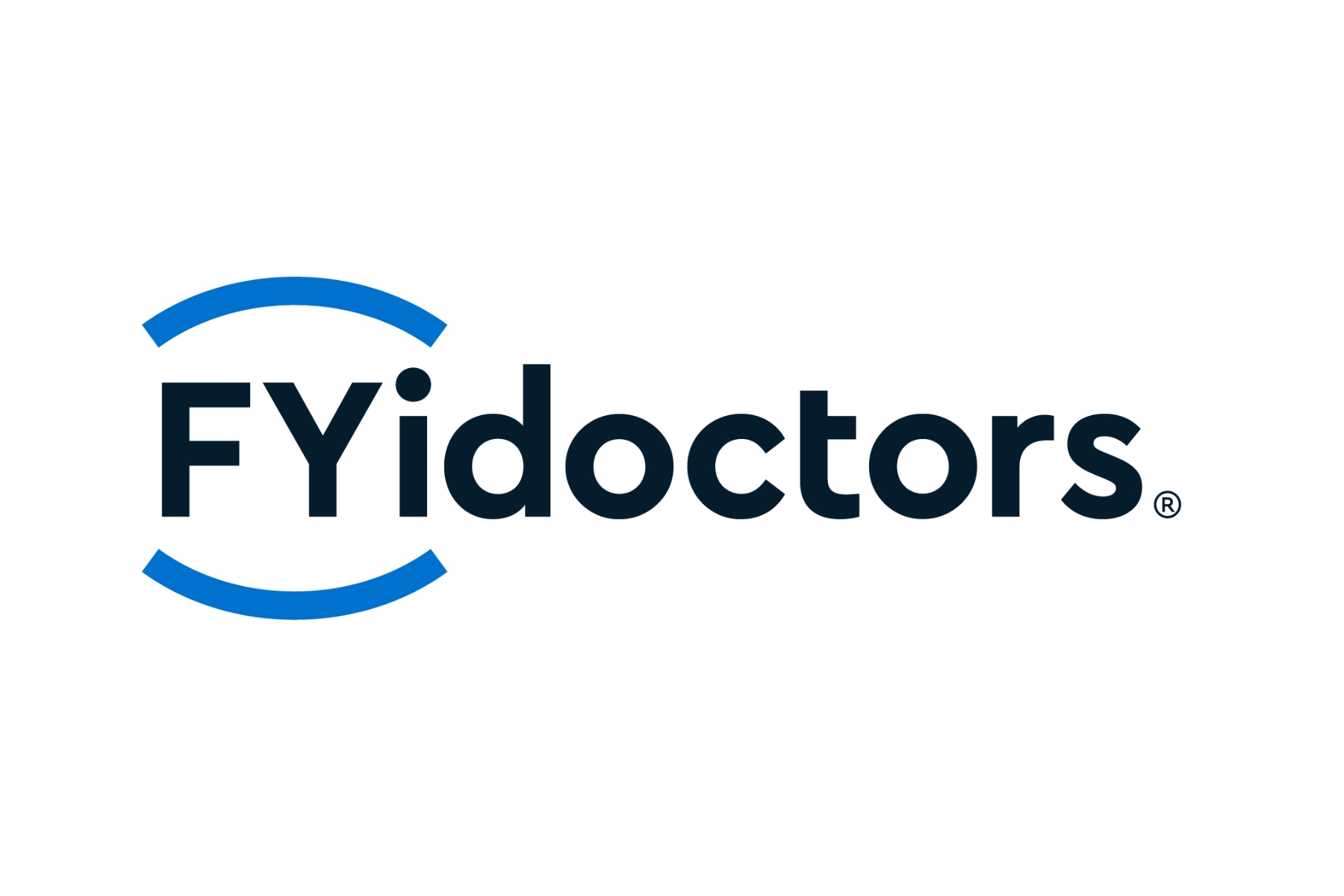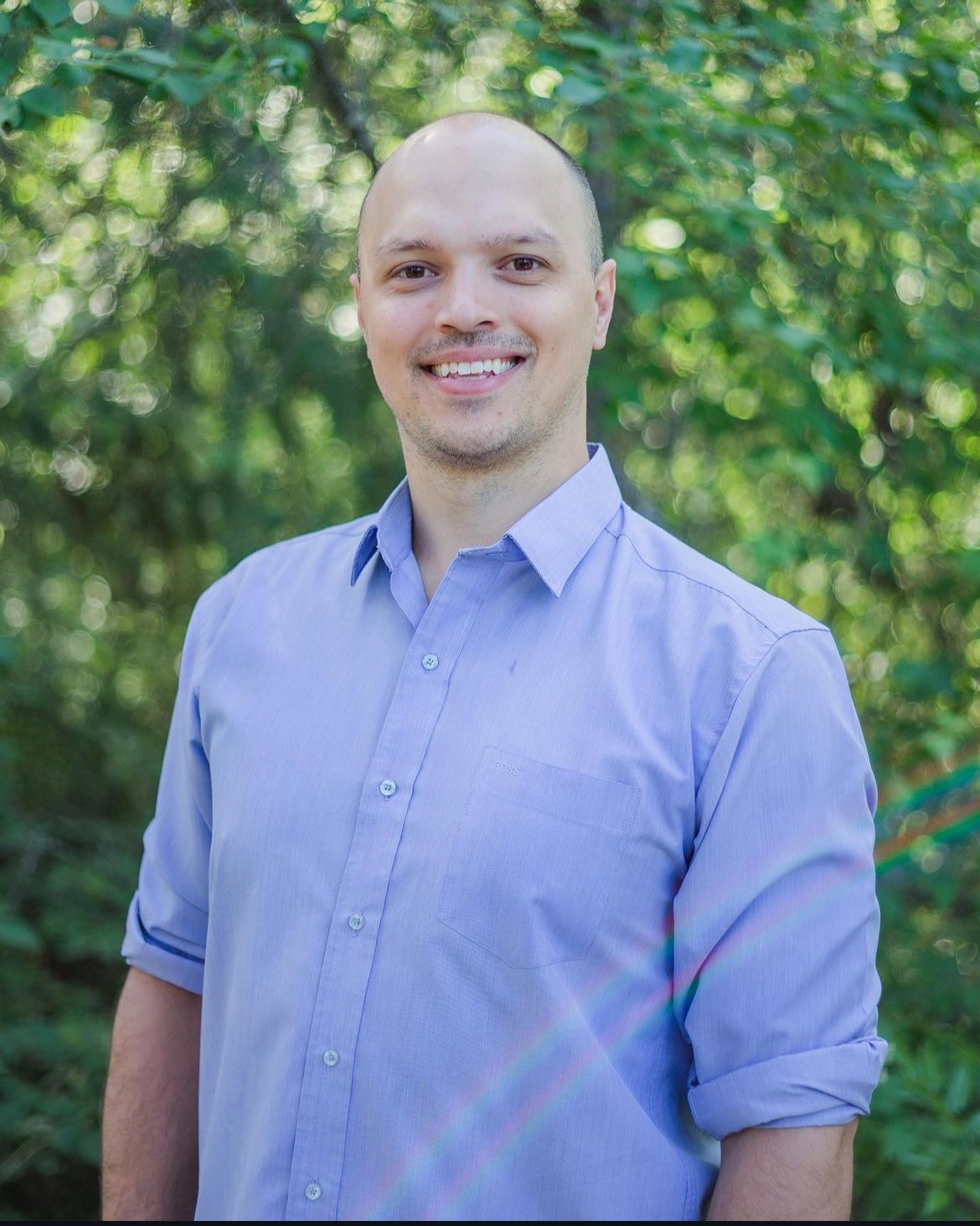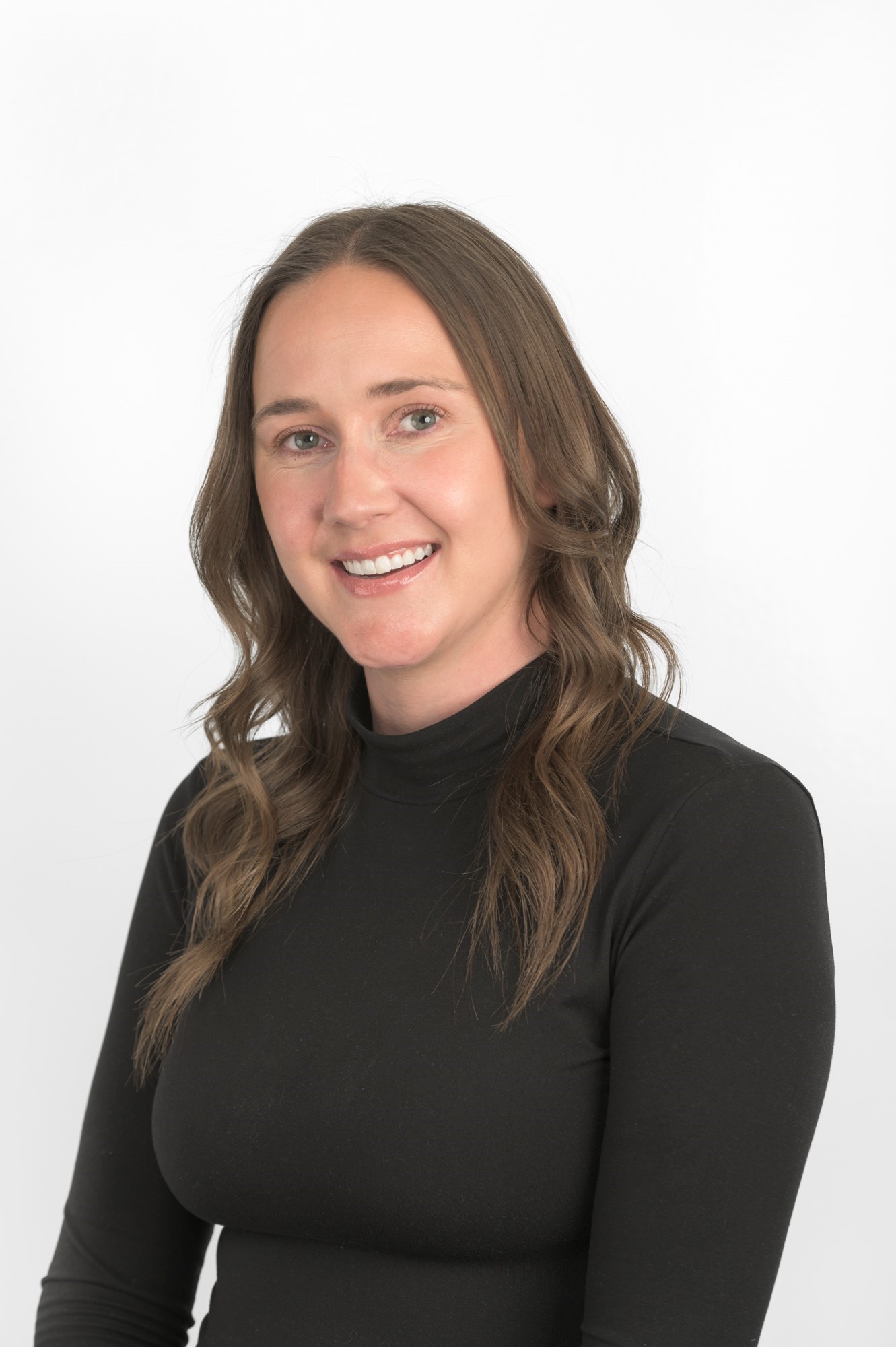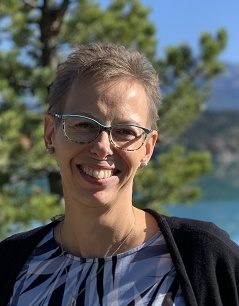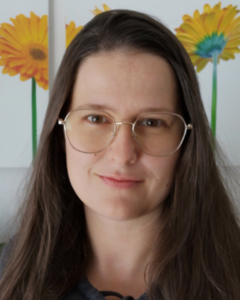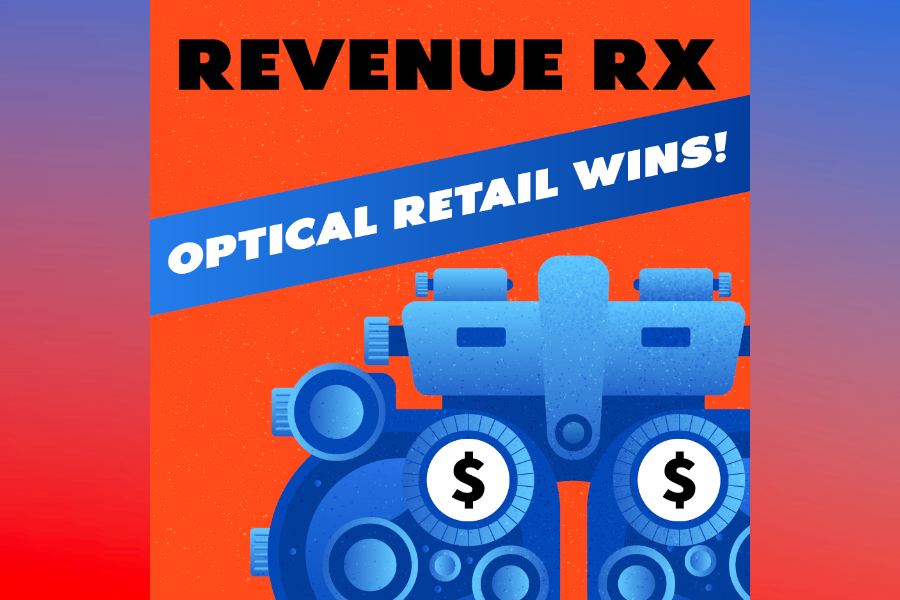
By Joseph Mireault
Optical Retail Entrepreneur, Podcast Host, Certified Business Coach
In the ever-evolving world of optical retail, success isn’t just about having the right products or an attractive storefront. It’s about mastering the one resource that’s more precious than anything else: time.
In this latest podcast episode, I delve into the transformative power of time management and share how it’s not just a tool, but the cornerstone of true wealth—wealth that goes beyond money and taps into the freedom to live life on your own terms.

The Ultimate Test: Can Your Business Thrive Without You?
Let me take you back to a pivotal moment in my career. It was 2010, and three years after purchasing my optical store, revenue had doubled, even amidst a recession. Our focus on four key areas—strategic planning, team building, best practices, and brand exposure—had paid off. But I needed to put our progress to the ultimate test.
An opportunity arose when I was invited to a wedding in Sri Lanka. My family and I decided to make it a month-long trip—an entire month away from the daily grind. This was the moment of truth. Could my business survive without me?
I boarded the plane, filled with a mixture of excitement and anxiety. Could I truly let go? Could I trust that the systems I’d put in place were strong enough to sustain the business without my daily input? As we took off, a sense of relief washed over me. For the first time, I felt the real wealth of discretionary time—time that I had earned through strategic management and trust in my team.
When I returned, I was astonished to find that the store had generated its highest monthly revenue since I had bought it. It was a moment of revelation. I realized that I had gained control over time and, in doing so, had achieved a level of wealth that went far beyond financial gain.
What Is Real Wealth?
This experience led me to a deeper understanding of what true wealth means, particularly in the context of optical retail. Is wealth measured by the money in your bank account, or is it about what that money can buy? For many, the ultimate luxury that money can buy is time—time to spend with family, to travel, to pursue passions, and to step back from the day-to-day operations of the business.
But this discretionary time doesn’t come easily. It’s what separates the truly successful from those who are merely getting by. It’s the difference between working in your business like an employee and working on your business as an entrepreneur. What is the key to unlocking this time? Mastering time management.
TIME is The Holy Grail
Time is non-renewable. Once it’s gone, it’s gone. You can save it, waste it, spend it, and even buy it, but you can’t create more of it. In optical retail, time is the nucleus around which everything else revolves. If you’re going to innovate, grow, or even just maintain your business, you must first find the time to do so.
The reality is that most of us are working at 110% capacity or more. Our days are packed, our to-do lists never-ending. But to move to the next level in your business, you must take control of your time. If you don’t, time will control you. The good news is that we all have 24 hours in a day. The bad news? We only have 24 hours in a day.
Practical Steps to Reclaim Your Tim
So, where do you start? The first step in reclaiming your time is to stop doing things that no longer serve you. Take a hard look at how you’re spending your time. Make a list of the tasks that consume your day. Are they worth your time, or could someone else handle them? Would you pay someone your salary to do what you’re doing right now? If the answer is no, delegate or eliminate those tasks.
As optical retail owners, we wear many hats. But to truly succeed, we need to shift our focus from the day-to-day tasks of a technician or manager to the strategic thinking of an entrepreneur. This means trusting your team, letting go of micromanagement, and freeing up your time to focus on what really matters.
Sometimes, you must spend money to gain time. Hiring the right people, investing in training, and delegating responsibilities can give you the freedom to think bigger and plan for the future. Remember, starting something new often means stopping something old. So, what will you stop doing today to reclaim your time?
The Relationship Between Money and Time
Money is a tool, a means to an end. But in the context of time, it takes on a new meaning. Money buys you time. Time to think, to plan, to innovate. The more control you have over your time, the more freedom to pursue what really matters.
In optical retail, this could mean the difference between just getting by and truly thriving. It’s not about making more money for its own sake. It’s about using that money to gain more discretionary time, to have more options, and ultimately, to live a life that is truly free.
Take Control of Your Time
If you want to survive and thrive in optical retail, you must take control of your time. “What got you here today won’t get you to where you want to go tomorrow.” It’s time to make a commitment to change. Start by reclaiming your time, focusing on what counts, and delegating the rest.
Listen to the full episode of our podcast for more insights on how to master time and build true wealth in your optical retail business. Your journey to success starts with the first step—understanding the value of time.
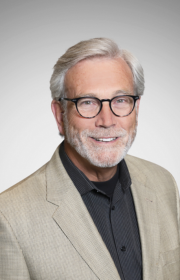
Joseph Mireault
Joseph Mireault, Optical Entrepreneur, Business Coach, and Published Author.
Joseph was the owner and president at Tru-Valu Optical and EyeWorx for 16 years. During his tenure, he consistently generated a sustainable $500K in annual gross revenue from the dispensary.
He now focuses on the Optical industry, and as a serial entrepreneur brings extensive experience from a variety of different ventures.
Joseph is also a Certified FocalPoint Business Coach and looks to work directly with ECPs in achieving their goals.
Through his current endeavour, the (Revenue RX, Optical Retail Wins podcast) he shares the challenges and solutions of running an Optical business.
His insights are shared with optical business owners aspiring for greater success in his new book, “An Entrepreneur’s Eye Care Odyssey: The Path to Optical Retail Success.”












